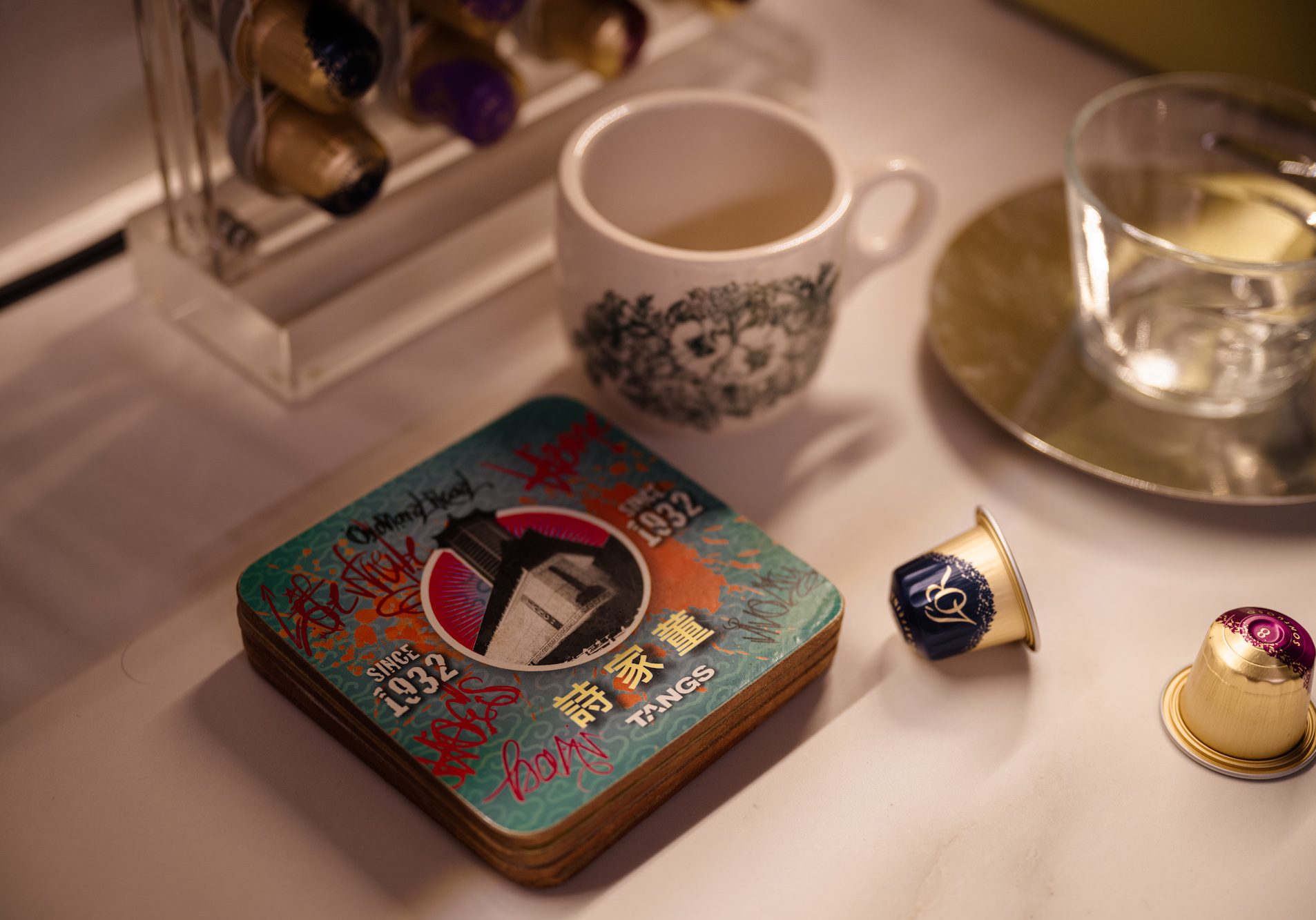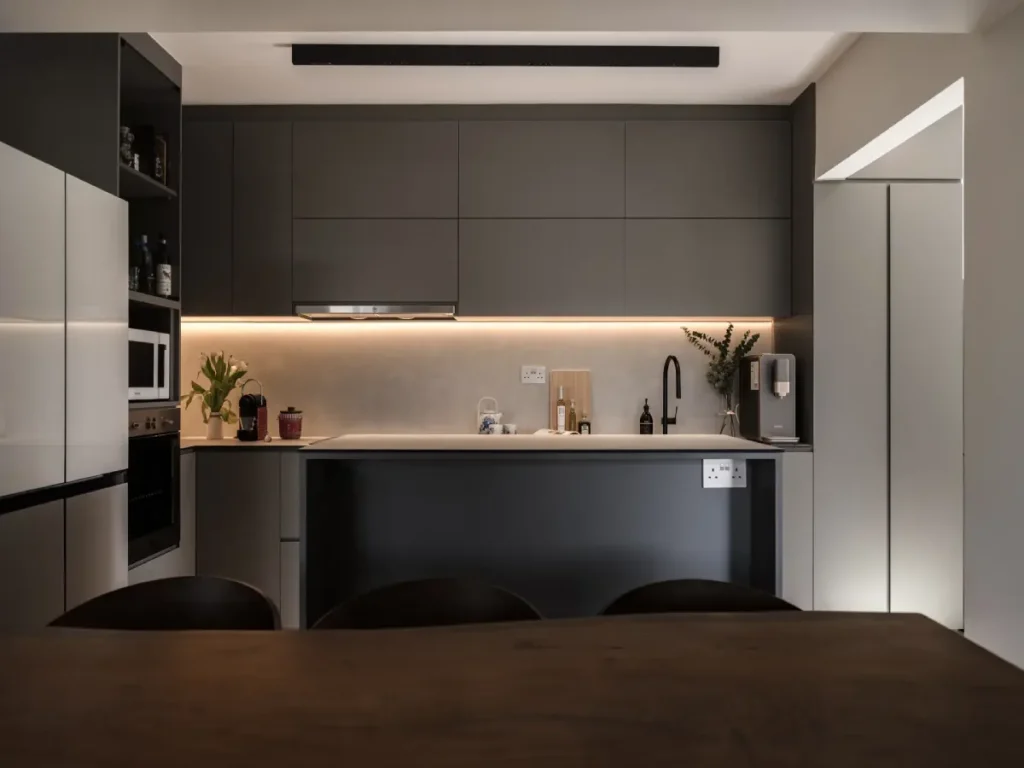Essential Interior Design Tips For A Mindful Home

Most people prefer and proudly follow the concept of mindful living. It’s truly interesting to see how in a world as digitised as now, a fraction of people prefer the exact opposite. We can also say that there are people who understand how to draw the line between overconsumption and mindful consumption. The secret to mindful living and a tranquil home depends, apart from other factors, on the home’s interior design.
If you are reading this, it’s safe to assume that you belong to the same kind. You’re on the pathway of adapting a mindful home to your already interesting mindful living. Even if you’re not in any of these categories, you’re still going to be happy that you stumbled upon this blog because we’re going to talk about peace and calm!
Yes, we’re going to provide you with a guide to a mindful home. It’s not a mere concept, but a lifestyle that most people follow, and we don’t want you to miss it. Keep reading to find out what a mindful home is and the role interior designs can play in this regard.
Mindful Home – What is it?
As we mentioned earlier, our world is excessively digitised and we can’t complain because we benefit from it. But what we can do is be mindful of how we use it with balance. Sadly, many people have become prey to the fancy world of technology and have risked their own health for it.
The concept of a mindful home is when you create a space that’s intentionally designed for certain purposes. The way you design these intentional spaces should be beneficial to your mind, body, and overall health. A mindful home is beautiful, pleasant, and calm. It exudes tranquillity and functionality in a way that creates a conducive environment, whether that is for work, fun, or rest. This means that a mindful should be designed with such interior design tips and ideas that create a calm living room for rest, a productive environment in the study room to help with work and a tranquil bedroom where you can sleep peacefully.

For example, check out the Pastel Hush interior design. It is warm, calm, serene, and, more importantly, cosy. The open kitchen allows family members to engage in discussions when someone is cooking or even when someone is spending time in the living room, they’ll still feel connected to the rest of the people at home.
Such a functional and mindful interior design suits both large and small families and HDBs. When designing such an interior, you can choose light, soothing colours of your choice to create a calm and mindful home.
Tips to Create a Tranquil Space
Now that you’re interested in mindful living and homes, it’s time to learn the simple yet effective tips to create a space that benefits your overall wellness. Let’s read!
Get Rid of Distractions – Declutter
Another common concept that people follow these days is decluttering and it goes beyond your home. It’s actually great to see people understand where they’re heading and make necessary changes to fight it.
Talking about creating a tranquil space begins with decluttering. If you often find yourself distracted when you try to do something, pause and look at your surroundings. Even if it’s in your office, you will not realise how powerful clutter is. For example, try cleaning your workspace before you head out of the office and come back to a neat, clean workspace. You will actually sense the difference in your productivity and efficiency.
Interestingly, it’s not just a theory but rather proven by several studies. According to WebMD, when you stay in a cluttered space, you will struggle to focus. Imagine the space being your home, how difficult it would get to live in a place full of clutter and unnecessary items? You might not notice its effects prominently, but they will have an adverse effect on your mental and physical well-being in the long run.
While some can easily declutter and think about a good minimal design for their home, it’s not easy for everyone. This is why when we suggest home interiors, we help them understand and visualise minimal home interiors. When they see such designs, they agree that less is more!
Try Calming Colours
Many people feel relaxed when they sit in spaces painted in softer colours. But some believe that their personalities should reflect in the paint colours they choose for their homes. However, as interior design experts, we understand different clients have different requirements, but the easiest way to decide is to learn more about colour psychology.
The reason we suggest calming colours to some areas of your home is because these colours help you feel relaxed and composed. For example, pastel-colours and neutral walls in your room will promote relaxation.

If you’re not a fan of white, beige, and grey, there are other lighter hues that we can help you choose to get the best outcome for your living space.
But that’s not all, along with calming colours, we suggest adding a bit of natural touch to your rooms, such as having indoor plants. We’re positive that they have a great impact not only the visual ambience but on your room’s air quality as well.
Soft Lights for Better Ambience
If you can create the space in a way to get natural lighting in most areas of your home, call yourself lucky. We walk the extra mile to bring in natural lighting for our clients. The reason why we do this is because it gives a naturally calm vibe to your space.
But natural lighting alone is not enough to get through the day. You should have the ideal lighting to complete your day-to-day tasks without feeling overwhelmed. The lights you select should increase your level of productivity, therefore make sure the colours aren’t overly dull to overly bright so as to disturb your sleep cycle.
You can look for softer lighting to balance the calm and tranquil vibe, but be mindful to select the ideal light for spaces, such as your kitchen, and living area. Even though you can create a calm vibe in your kitchen, it shouldn’t come at the cost of disturbed lighting that doesn’t help you when you engage in daily chores.
The lighting should be selected in a way that balances both relaxation and practicality.

Create Peaceful Spaces
We all seek peace now more than ever because we’re too busy in our daily routines and tasks. We understand how you feel when you try to create a tranquil living space – just to experience peace. The coolest thing about a mindful home is that it largely deals with peace. Hence people who create minimal and mindful homes focus on adding ‘peaceful spaces’ to their homes.
This can be a small cosy room or a small corner in your living room. The goal is to turn such spaces into something you can sit and relax. Or you can even create a visually separated section in your living room using dividers or rugs. Along with that, you can also create a small library with a sofa and a table to experience the meaning of pure relaxation.
These small corners are a form of self-care and those living mindful lifestyle value it the most. This gives them the chance to pause and breathe, and they believe nothing gives such an experience than one’s own home if designed right.

Create Your Own Tranquil Space With Us
If you want to experience a minimalist lifestyle and tranquil living, it should begin with a mindful home interior because the concepts are interdependent. People who want to take a break from the noisy work outside their homes often tend to make sure their home is a place of peace and solace.
If you believe that creating a tranquil living space is something you need, we’re sure we can help you. Our guide to a mindful home would have helped you understand what it is and how it can be achieved. If you want to know more about it or other amazing ways to promote wellness through interior design, feel free to get in touch with us.